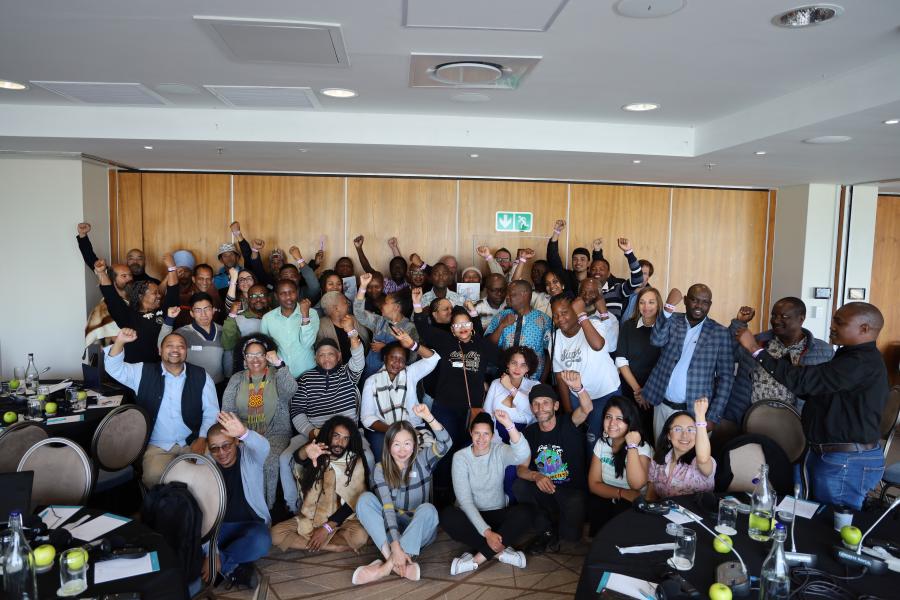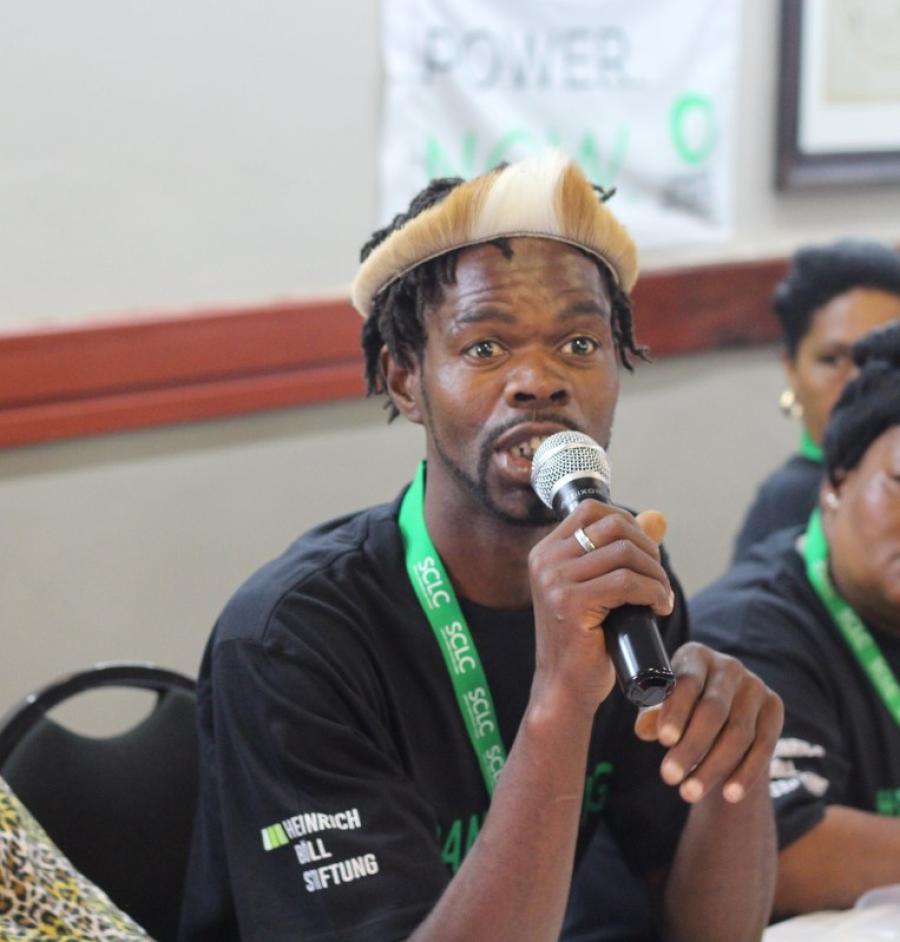South Africa's Apartheid system facilitated the forced removal from their homes of more than three million people and the imprisonment of a similar number for pass law offenses. Afrikaner companies were established to find a vaccine that would curb the fertility of the black population; the Nationalist Party government initiated a "scientific" search for a race poison to be effective only against pigmented people; they considered the atmospheric release of incapacitating agents (LSD and Ecstasy to dissuade Apartheid's opponents from throwing stones; their operatives laced chocolates with anthrax spores, impregnated shirts and underwear with organophosphate poisons, contaminated sugar with salmonella, beer with botulism, envelope gums with cholera, soap boxes with explosives, all in an attempt to enforce a racist (Church-backed) vision of the proper order of the world.
South Africa's Truth and Reconciliation Commission (TRC) did not consider the criminality of the Apartheid system. Rather, its focus was on gross violations of human rights committed during a 34-year period beginning with the 1960 Sharpville massacre. The types of cases that did come before the Commission are the subject of the pathos-filled production under review: remorseful Bantustan youths seeking amnesty for the murder of a white American student; a black member of the Vlakplas (secret police) saying sorry to the mothers of the black youths he helped kill; defiant whites claiming that they merely followed orders in their armed conflict with the "Soviet-backed and communist-inspired" African National Congress; and others motivated by the prospect of amnesty to reevaluate their lifestyles and personal histories.
A winner of the Grand Jury prize at Sundance, the film's great strength is the indepth consideration given to the Commission's controversial amnesty provision. While providing an unparalleled opportunity for uncovering the facts, amnesty was the price that South Africa had to pay for peace. Speaking of the outrage caused by the granting of pardon to known offenders, Commission Chair Desmond Tutu has argued that amnesty is not acceptable if we think of justice only as retributive and punitive in nature. He is of the opinion that justice should be restorative, correcting imbalances and restoring broken relationships.
The film's sole emphasis on the opening of old wounds in the search for truth and the struggle to find inner peace makes riveting viewing, but it also signals a significant flaw. Reconciliation is far more than this personal struggle for forgiveness, redemption, or healing. Not considered at all are the broader issues dealt with in some measure by the TRC: restitution, reparations, and the amelioration of structural inequalities. At no point is the viewer given any sense of how the TRC operated, or why it was structured the way it was. The history of Apartheid or the manner in which Apartheid's beneficiaries might now provide compensation to its victims are not addressed.
Even though the script utilizes a deficient model of reconciliation, Long Night's Journey into Day will stimulate discussion on the rights and wrongs of the amnesty provision, and it will be of value for those studying dispute resolution or psychological trauma. One cannot help being moved by the personal breakthroughs we are privileged to witness, and amazed at the thought that both black and white South Africans derided the Commission, believing it to be a recipe for continuing race hatred and misunderstanding.
Article copyright Cultural Survival, Inc.



